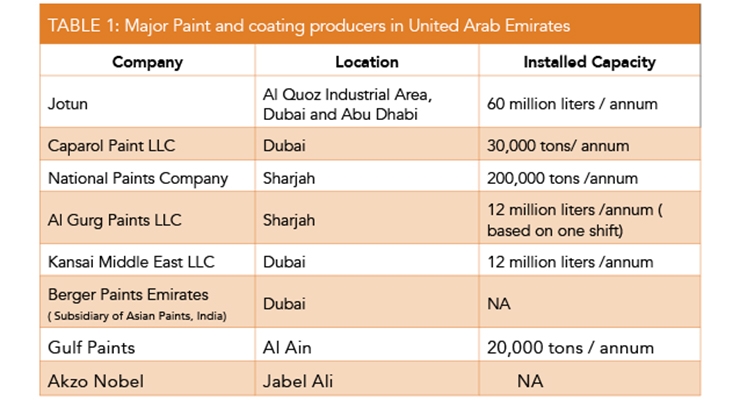The Duty Of Weather Condition In Commercial Exterior Paint: What You Need To Know
The Duty Of Weather Condition In Commercial Exterior Paint: What You Need To Know
Blog Article
Short Article Produced By-Duke Stiles
When you're intending a commercial external paint job, do not undervalue the influence of weather condition on your results. You need to consider variables like temperature, moisture, and rainfall, as they can make or damage your paint work. As an example, did you recognize that ideal conditions call for details temperature level arrays and moisture degrees? Stopping working to monitor these elements can cause uneven finishes or even damages to fresh paint. Recognizing these components is vital to achieving a durable, professional result. So, what particular climate condition should you watch out for?
Temperature level Considerations
When it pertains to business exterior paint, temperature level plays a critical role in the result of your project. If you're repainting in severe warmth, the paint can dry out also promptly, causing problems like poor attachment and uneven surfaces. You wish to aim for temperature levels in between 50 ° F and 85 ° F for the very best outcomes. Below 50 ° F, paint may not heal correctly, while over 85 ° F, you take the chance of blistering and fracturing.
Timing your project with the appropriate temperatures is vital. Start your job early in the early morning or later on in the afternoon when it's cooler, particularly during warm months.
Likewise, consider the surface area temperature level; it can be substantially greater than the air temperature level, especially on bright days. Use a surface area thermostat to check this prior to you begin.
If temperatures are uncertain, watch on the weather report. Abrupt temperature declines or heat waves can hinder your plans. You don't wish to start painting just to have the problems alter mid-project.
Moisture Levels
Moisture levels substantially influence the success of your business external paint job. When the moisture is expensive, it can hinder paint drying out and healing, bring about a variety of problems like bad attachment and complete quality.
If painters planning a job throughout damp conditions, you may discover that the paint takes longer to completely dry, which can expand your task timeline and rise costs.
On the other hand, low moisture can also position difficulties. Paint might dry too swiftly, stopping correct application and causing an uneven coating.
You'll intend to monitor the humidity levels very closely to guarantee you're functioning within the suitable variety, normally in between 40% and 70%.
To obtain the most effective results, take into consideration making use of a hygrometer to measure humidity before starting your task.
If you find the levels are outside the optimum range, you may need to readjust your schedule or pick paints made for variable conditions.
Constantly seek advice from the supplier's guidelines for certain recommendations on humidity tolerance.
Rainfall Impact
Rain or snow can considerably disrupt your business exterior painting strategies. When precipitation takes place, it can wash away fresh used paint or develop an uneven finish. Ideally, you want to pick days with dry climate to make sure the paint sticks effectively and remedies successfully. If curb painting portland oregon captured in a shower, it's finest to stop the project and wait on problems to improve.
Furthermore, snow can be a lot more destructive. Not only does it develop a damp surface, yet it can likewise lower temperature levels, making it tough for paint to dry. interior painting companies can lead to issues like peeling off or blistering down the line.
https://professional-painters-nea76554.blogtov.com/13761755/produce-a-classy-haven-in-your-house-with-the-best-indoor-paint-colors-discover-the-simple-and-easy-ways-to-raise-your-room to examine the weather prediction before beginning your task. If rain or snow is anticipated, take into consideration rescheduling.
Always keep in mind to allow adequate drying time in between coats, particularly if the weather stays unpredictable.
Conclusion
Finally, keeping an eye on the climate is important for a successful business external painting task. By checking temperature, humidity, and precipitation, you can ensure the most effective conditions for application and treating. Remember to prepare your job around desirable weather condition and always adhere to supplier guidelines. With the ideal strategy, you'll achieve a lasting, attractive surface that can hold up against the components. Don't allow the weather capture you off guard-- remain informed and paint clever!
